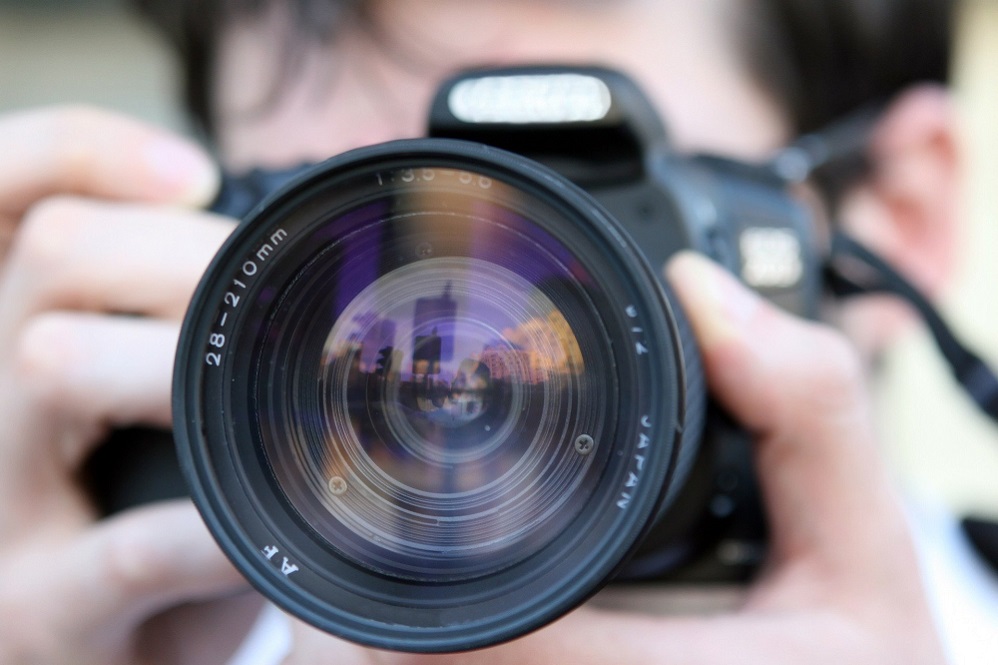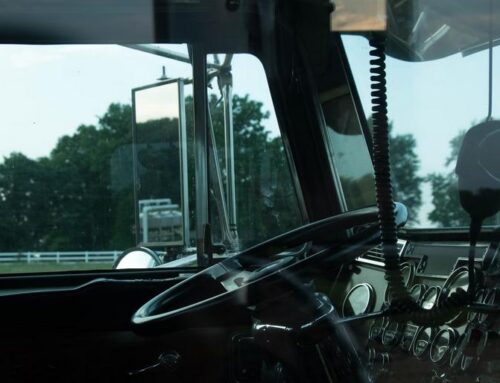In the case of Hill v. Gephart, et al., a pedestrian and his daughter filed a lawsuit against a police officer Gephart, the city, and the sheriff’s office when they sustained personal injuries after being struck by Gephart’s car. The trial court granted summary judgment in favor of Hill. On appeal, the Gephart, the city, and the sheriff’s office tried to argue that an investigator’s affidavit and their photos of the incident should not have been admissible evidence in court.
They tried to argue that the investigator never testified that the photos were true and accurate representations of a scene personally viewed by that witness. They tried to claim that because he did not visit and photograph the scene of the accident until three and a half years later that he did not have personal knowledge so her photos were irrelevant and prejudicial. Indiana Rule of Evidence 401 which is the test for relevant evidence says that, “Evidence is relevant if: (a) it has any tendency to make a fact more or less probable than it would be without the evidence; and (b) the fact is of consequence in determining the action.” The Court held that the investigator’s evidence at the very least provided background information that would be helpful to a jury and thus was relevant under Indiana Rule of Evidence 401. The photos were considered important background information because even though they were not taken the night of the accident, they depicted the area where the accident occurred, and the affidavit describes the area as he saw it during his investigation.
If you or a loved one have been affected by a pedestrian accident or death, contact an experienced personal injury attorney at Hurst Limontes, LLC. We have decades of combined experience fighting for our clients in any number of personal injury claims. Call 317-636-0808 or email us for a FREE and confidential consultation.





